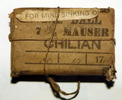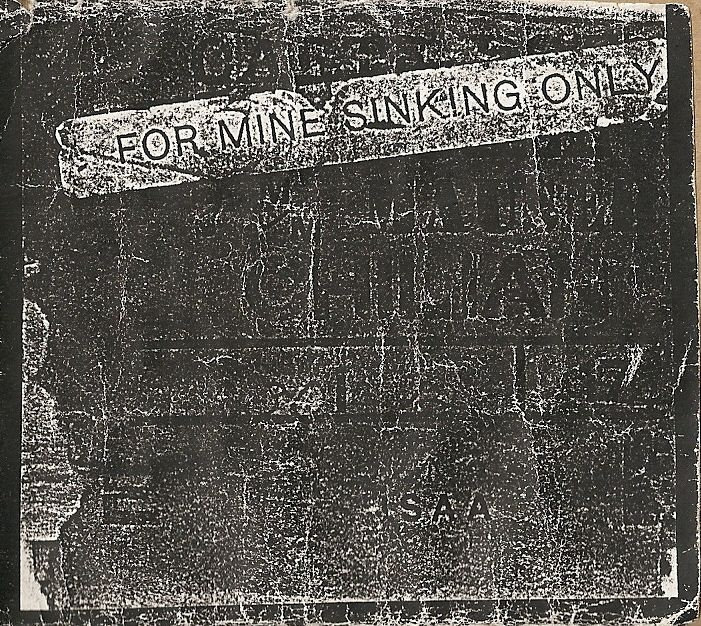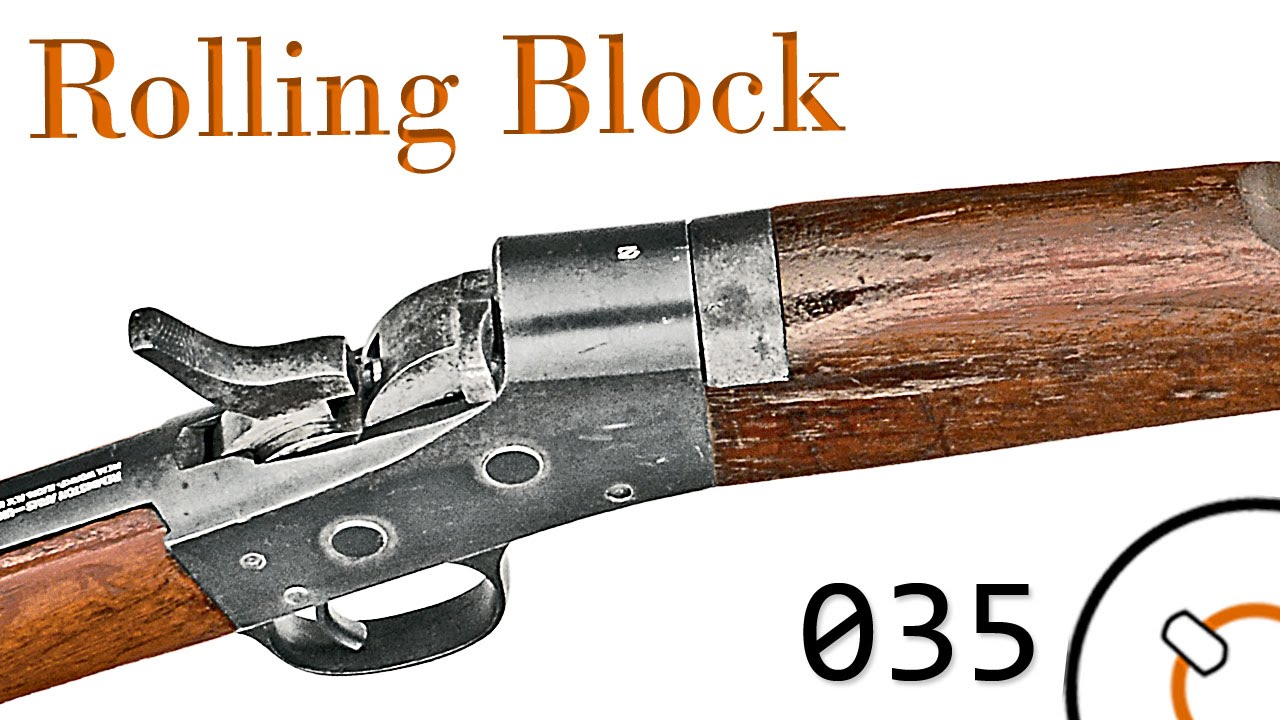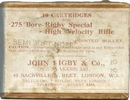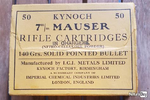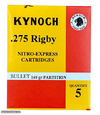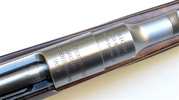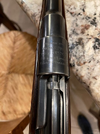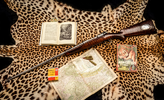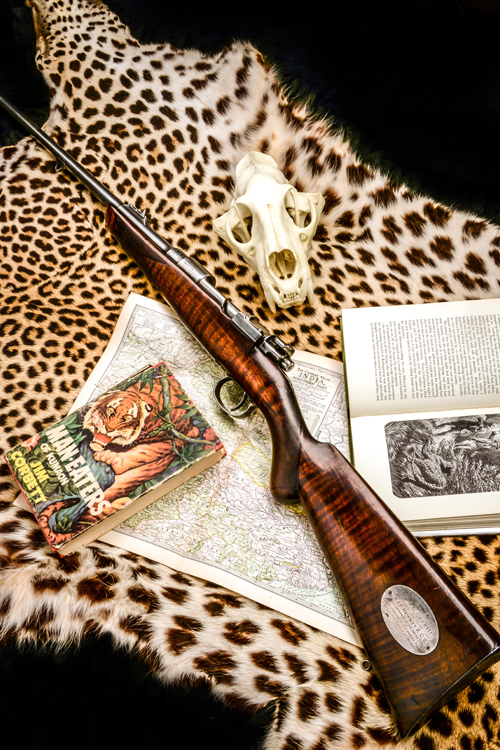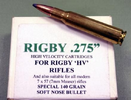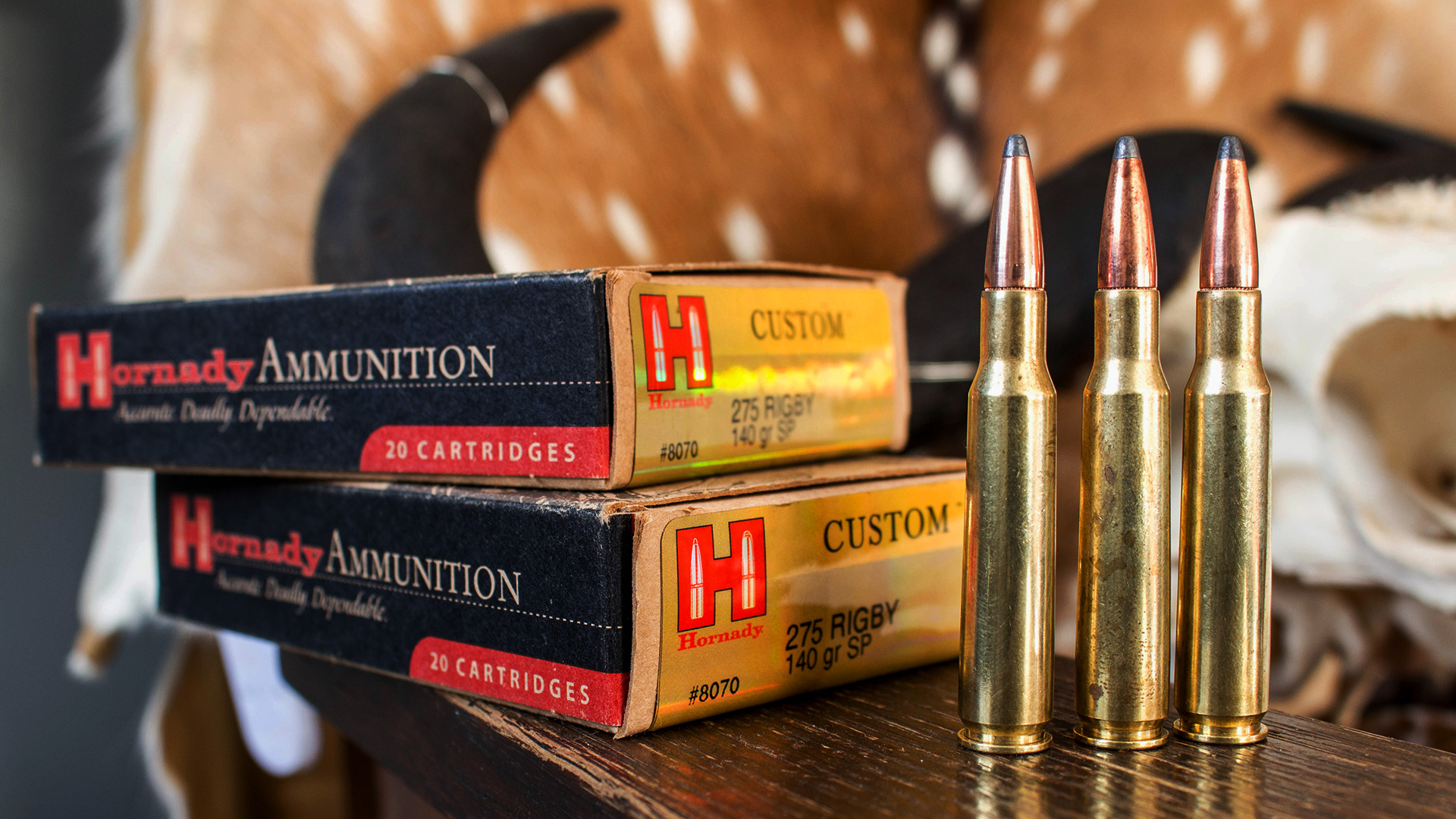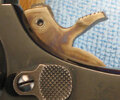Dave DeLaurant
Member
Back in the early 1970's I bought a sporterized 7mm Mauser M93 at Walmart for I think $23.00 on sale. Couldn't find any ammo for it around here at that time except for a partial box of shells that looked like the ones you have. First time I tried to shoot it I pulled the trigger and it went click then as I started to lower the rifle KABOOM first and only hang fire I've ever had.
Either you've lead a sheltered life or your dad wasn't as cheap as mine!
One of the reasons I started handloading was all the hangfires and FTFs I'd experienced with the garbage-tier surplus military ammo my dad used to buy at Woolworths and K-Mart.
He even saved the fired Berdan-primed cases figuring there must be some way to reload them. There is of course, but he'd never handloaded anything except percussion revolvers. His 7mm was a Spanish surplus Ludwig Loewe-marked 1893 Mauser purchased from Interarmco back when they were virtually giving the things away.
I sure miss the old cheapskate.

Last edited:



